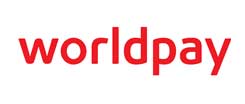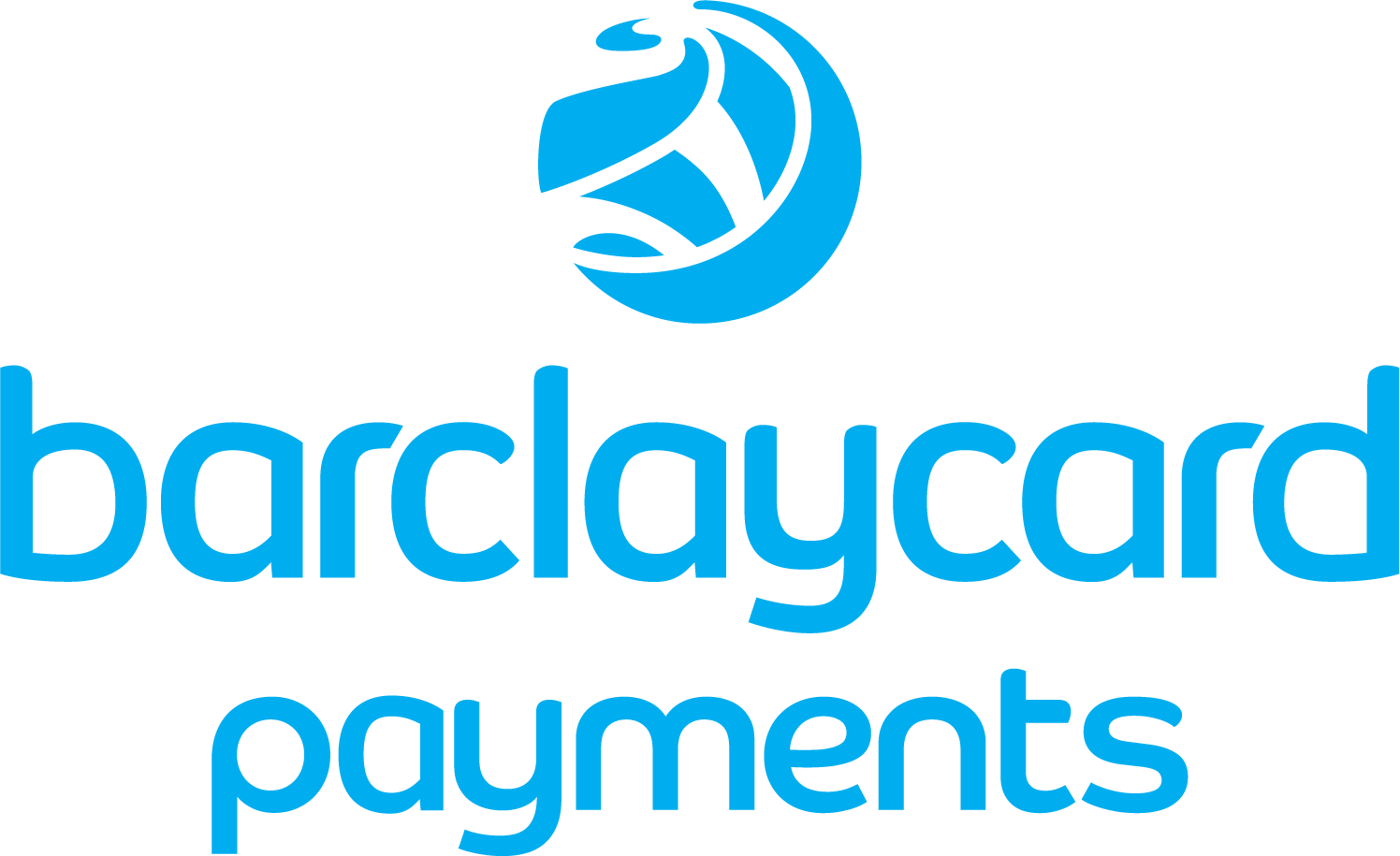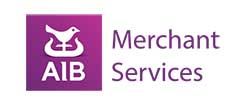- Accept card payments – lowest rates from 0.27%
- Keep your card processing fees to a minimum
- Direct access to the UK’s leading card processing banks
- We ensure your rates always remain competitive
No spam emails or calls
Choose from the payment methods then click Next
What's your turnover each month?
Enter the name of your company
Enter your company's postcode and contact number






Mastering Taking Payments: Your Guide to Hassle-Free Transactions
In today’s fast-paced, cashless society, taking payments efficiently and securely is a cornerstone of any successful business. Whether you run a small business, manage retail sales, or operate an online sales platform, understanding the intricacies of starting to take card payments, contactless, and online payments is essential. This guide will walk you through everything you need to know to accept card payments, streamline your payments, and ensure your customers have a seamless experience.
Why Taking Payments Matters
The way you take card payments can significantly impact your business. With the rise of digital wallets like Apple Pay and Google Pay, and the increasing popularity of contactless card transactions, customers expect convenience and speed. Offering multiple payment methods not only enhances customer satisfaction but also helps you attract more customers and boost sales.
For small businesses, in particular, the ability to accept payments via debit card, credit card payments, and contactless can be a game-changer. It allows you to compete with larger retailers and cater to the preferences of modern shoppers. However, to start to take card payments effectively, you need the right tools, such as a card reader, POS systems, or a payment gateway, and a clear understanding of the card payment process.
Choosing the Right Tools Accept Card Payments
Card Readers and POS Systems
A card reader is one of the most essential tools for face-to-face payments. Whether you’re running a café, a pop-up shop, or a market stall, a reliable card machine ensures you can take credit and debit card payments with ease. Modern card readers come with features like long battery life, Wi-Fi connectivity, and the ability to print receipts, making them ideal for small businesses on the go.
For businesses with more complex needs, POS systems offer a comprehensive solution. These systems integrate card payments, inventory management, and sales reporting, helping you streamline operations. When choosing a card reader or POS system, consider factors like fees, and whether the device supports contactless card payments and digital wallets.
Payment Gateways, Virtual Terminals and Online Payments
If your business operates online, a payment gateway is crucial for processing online payments. A payment gateway securely connects your website to your merchant account, allowing you to accept card payments from customers with credit or debit cards worldwide. Look for a gateway that supports major cards like Visa and offers features like next-day settlement and next-day settlement to ensure you get paid quickly.
For businesses that take payments over the phone, a virtual terminal is a must. This tool allows you to manually enter card details and process card payments without the need for a physical card reader. It’s an excellent option for service-based businesses or those handling phone orders.
Understanding Fees and Costs
When taking payments, it’s essential to be aware of the costs involved. Most payment services charge a small fee per transaction, which can vary depending on the type of card payments you accept. For example, credit card payments often incur higher fees than debit card payments.
Additionally, some providers may charge other fees, such as monthly subscription costs or hidden fees for certain features. To avoid surprises, always request a free quote and carefully review the terms before setting up your merchant account.
Setting Up Your Merchant Account
A merchant account is a type of bank account that allows your business to accept card payments. To begin taking card payments, you’ll need to set up a merchant account with a payment processor. This process typically involves providing details about your business, such as your turnover and the types of transactions you expect to process.
Once your merchant account is active, you can start to accept card payments using a card machine, POS systems, or a payment gateway. Keep in mind that funds from cards are usually deposited into your bank account within a few business days, though some providers offer quick settlement for an extra cost.
The Benefits of Contactless Payments
Contactless payments have revolutionized the way customers pay for goods and services. With the rise of contactless card technology and mobile device payment options like Apple Pay and Google Pay, customers can now make face-to-face payments quickly and securely.
For businesses, offering contactless can speed up the checkout process and reduce queues, especially during peak hours. Additionally, contactless card transactions are often more secure than traditional card payments, as they use encryption to protect the customer’s card details.
Tips for Taking Payments Efficiently
- Choose the Right Card Reader: Select a card reader that suits your business needs, whether it’s a portable device for in-person payments or a countertop model for retail.
- Optimize for Online Payments: If your business operates online, ensure your payment gateway is user-friendly and supports cards like Visa.
- Train Your Staff: Make sure your team is familiar with your POS systems and card machine to minimize errors and delays.
- Monitor Fees: Keep an eye on transaction fees and other fees to ensure your payment costs remain manageable.
- Promote Contactless Payments: Encourage customers to use contactless card payments or digital solutions to speed up transactions.
Common Challenges and How to Overcome Them
Insufficient Funds
One of the most common issues when taking card payments is a customer’s card being declined due to not enough funds. To avoid this, consider offering multiple payment methods, such as cash, debit card, and credit card payments, to give customers flexibility.
Connectivity Issues
If your card reader relies on an internet connection or phone line, connectivity issues can disrupt transactions. To mitigate this, choose a device with Wi-Fi or mobile data capabilities and ensure you have a backup plan in place.
Hidden Fees
Some payment processors charge hidden fees that can eat into your profits. Always read the fine print and ask for a free quote to understand the full cost of payment processing.
The Future of Taking Payments
As technology continues to evolve, so too will the ways we take card payments. Innovations like digital solutions, virtual terminals, and POS systems are making it easier than ever for small businesses to accept payments and manage transactions. By staying ahead of these trends, you can ensure your business remains competitive and continues to attract more customers.
Mastering the art of taking payments is essential for any business looking to thrive in today’s digital economy. By investing in the right tools, such as a card reader, POS systems, or a payment gateway, and understanding the costs involved, you can streamline your payment processing and provide a seamless experience for your customers.
Whether you’re starting to take payments for the first time or looking to upgrade your current system, this guide has everything you need to get paid efficiently. Remember, the key to success lies in offering multiple payment methods, keeping an eye on transaction fees, and embracing new technologies like contactless payments and digital solutions.
By following these tips, you’ll be well on your way to hassle-free transactions and a thriving business. So why wait? Start taking payments today and watch your business grow!